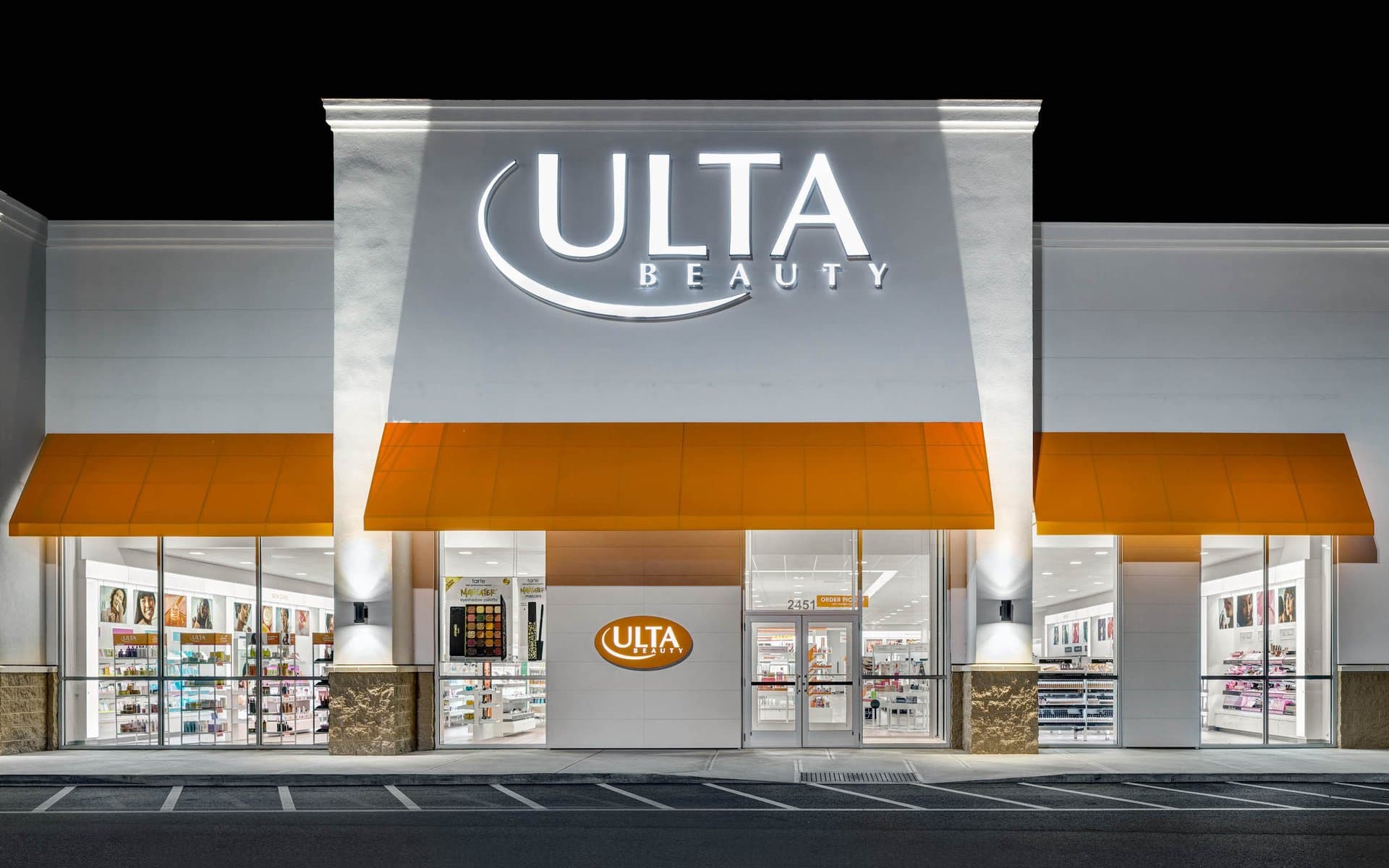Ulta Beauty and Target Ending Partnership: What Investors Should Know
Explore the strategic conclusion of the Ulta Beauty and Target partnership by 2026, uncovering key impacts on retail beauty, customer loyalty, and market positioning in this evolving sector.

Key Takeaways
- Ulta Beauty and Target will end their shop-in-shop partnership in August 2026.
- The partnership integrated loyalty programs, linking about 4 million customer accounts.
- Ulta aims to expand standalone stores and enter international markets by 2026.
- Target is shifting toward an affordability-focused beauty strategy with 2,000 new budget products.
- The breakup reflects strategic brand autonomy and diverging growth paths, not operational failure.

In a move that will reshape the retail beauty landscape, Ulta Beauty and Target have mutually agreed to conclude their partnership by August 2026. Launched in 2021, this collaboration brought Ulta’s prestige beauty brands into Target’s stores, blending convenience with luxury. The alliance also linked loyalty programs, creating a seamless rewards experience for around 4 million customers. Yet, as market dynamics shift and consumer preferences evolve, both companies are charting distinct futures. Ulta plans to grow its standalone presence and venture internationally, while Target pivots toward affordability in beauty offerings. This article unpacks the strategic reasons behind the split, what it means for customers, and how investors can interpret this significant retail development.
Tracing the Partnership’s Roots
Back in November 2020, Ulta Beauty and Target announced a bold collaboration: small Ulta outlets nestled inside Target stores. By August 2021, shoppers could find prestige beauty brands—once exclusive to Ulta’s standalone locations—right in their neighborhood Target. This shop-in-shop concept was more than a retail experiment; it was a strategic attempt to blend Ulta’s luxury appeal with Target’s broad reach. Customers enjoyed the convenience of shopping high-end products without an extra trip, while both brands tapped into new audiences. The partnership also integrated loyalty programs, linking Ulta Beauty Rewards with Target Circle, creating a unified rewards experience for roughly 4 million customers. This cross-brand synergy was a win-win, at least initially, offering shoppers perks and brands a competitive edge in a crowded market.
Understanding the Strategic Split
Why end a partnership that seemed to work? The answer lies in strategic recalibration. Both Ulta and Target want to sharpen their brand autonomy—meaning they seek full control over how customers experience their stores and products. The collaboration, while fruitful, limited each company’s ability to fully optimize their unique retail strategies amid rapid market changes. Ulta, under CEO Kecia Steelman, is gearing up to expand its standalone stores by 60 locations and enter international markets like Mexico and the Middle East. This move signals a focus on reinforcing its prestige positioning independently. Meanwhile, Target is pivoting toward an affordability-focused beauty strategy, rolling out 2,000 new budget-friendly products. This shift aims to appeal to mass-market consumers and defend against discount retailers. The breakup isn’t about failure but about evolving to meet distinct growth paths and consumer demands.
Navigating Customer Loyalty Changes
For about 4 million customers with cross-linked Ulta and Target accounts, the partnership’s end will bring notable changes. Until August 2026, the linked loyalty programs will continue, allowing customers to earn Ulta Beauty Rewards on purchases at Target’s Ulta outlets and online. After that, the connection dissolves, fragmenting the once unified rewards experience. This shift could complicate customer choices and loyalty, as shoppers will need to engage separately with each brand’s program. Both companies face the challenge of re-engaging these customers independently, ensuring that the emotional bond built through shared rewards doesn’t unravel. For shoppers, it’s a reminder that loyalty programs are more than perks—they’re emotional currencies that influence where and how we spend.
Assessing Market and Investor Impacts
The end of this partnership offers a revealing case study in retail strategy. Ulta’s expansion plans, including 60 new standalone stores and international market entries, could boost brand control and revenue but also introduce operational risks in unfamiliar territories. Ulta must also reaffirm its prestige positioning against competitors like Sephora, especially as rivals deepen their own retail footprints. Target’s shift toward affordability and high-volume beauty products aims to defend market share against mass merchandisers and discount chains. The retailer will need to redesign its beauty sections, focusing on curated selections and private-label brands at accessible prices. For investors, these moves highlight how brands balance collaboration with independence amid digital disruption and shifting consumer tastes. The breakup is less a setback and more a strategic pivot with long-term implications.
Spotting Challenges and Opportunities Ahead
The road ahead isn’t without bumps. Both Ulta and Target must invest heavily to retain and re-engage millions of customers now accustomed to a unified loyalty experience. Innovation in loyalty programs, exclusive product launches, and differentiated in-store experiences will be critical to maintaining relevance. Meanwhile, competitors like Sephora, Amazon’s beauty push, and direct-to-consumer brands stand ready to capitalize on any customer confusion or dissatisfaction. Yet, this transition also opens doors. Ulta’s international expansion and Target’s affordability focus could unlock new revenue streams and customer segments. The breakup underscores a broader retail truth: partnerships must evolve or end as brands chase distinct visions in a fiercely competitive, digitally driven marketplace.
Long Story Short
The decision by Ulta Beauty and Target to end their partnership in 2026 signals a pivotal moment for both brands and the broader beauty retail sector. It’s a story of strategic evolution rather than failure—each company is reclaiming its brand identity to better navigate a competitive, digitally influenced market. For customers, the seamless loyalty experience will fragment, posing challenges but also opportunities for fresh engagement. Investors should watch Ulta’s ambitious expansion into new markets and Target’s affordability push as key growth drivers. Ultimately, this breakup underscores the delicate balance between collaboration and independence in retail. As the beauty aisle transforms, staying attuned to these shifts will be crucial for anyone invested in the future of consumer brands.